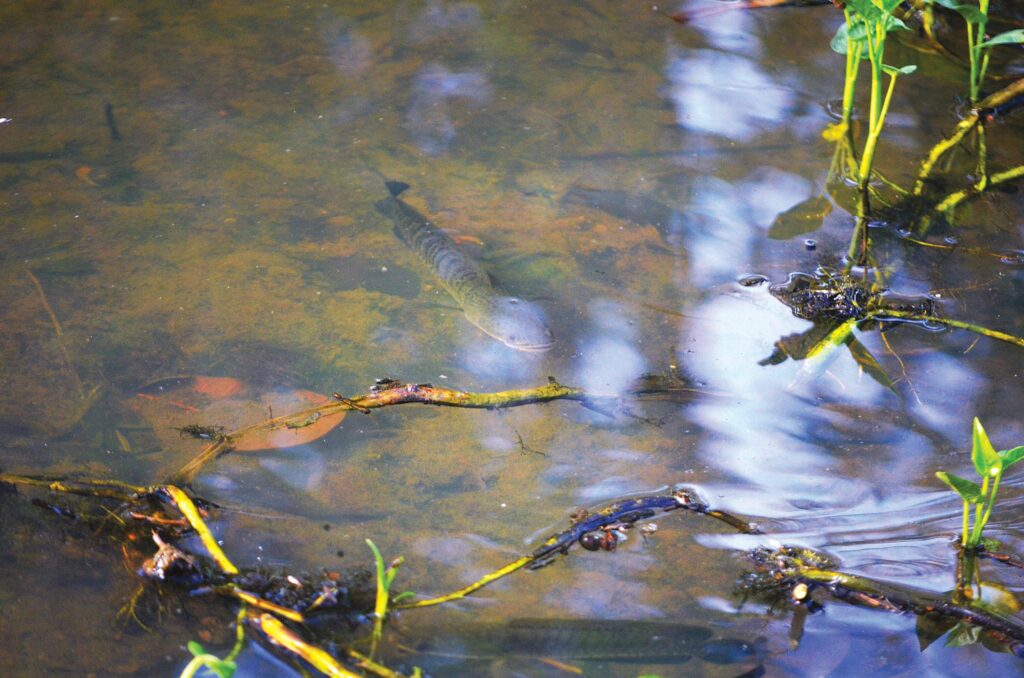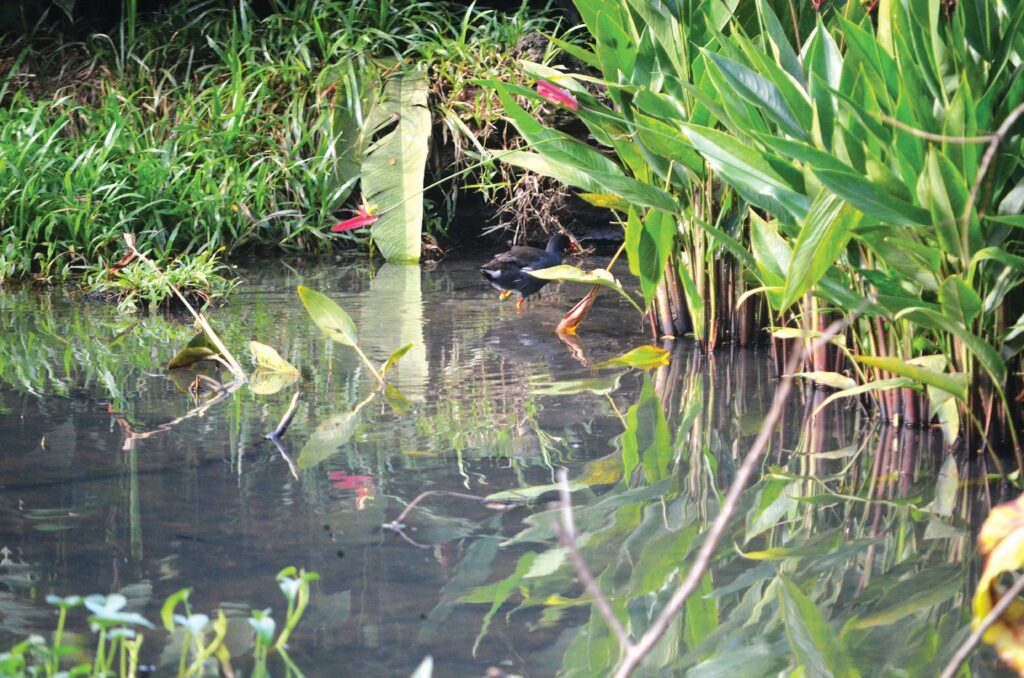We live about six kilometers from the center of Puerto Princesa, a city bustling with economic activities and home to roughly 300 thousand inhabitants. It is famous for its world-renowned underground river and other tourist destinations that have contributed to its economic boom. Resort hotels and restaurants as well as malls began sprouting here and there, ready to cater to its ever-growing populace and influx of tourists.
But alas, the city infrastructure remained in a catch-up mode with development. The dearth of paved roads and drainage networks in the interior parts of the city caused serious issues, particularly flooding. The situation was worsened by landfilling of low-lying areas in private land acquisitions, which should have been monitored and checked by the city zoning office, particularly those that disrupt the natural waterways and drainage.
Much to our chagrin, neither has been done, and the only indication of acknowledgment of a potential hazard was the post that read “Warning: Flood Prone Area” in the middle part of our barangay.
ADAPTATION
Our home for more than two decades in Barangay San Manuel has been waterlogged for almost a year now after Typhoon Odette wreaked havoc. This was very annoying for us, because we never experienced this predicament before. Our lot area is roughly around 2000 square meters and, lucky for us, the patch we built our house on was a bit elevated compared to the adjacent lots that are now completely submerged in water.
Slowly and steadily, our decades-old fruit bearing trees like santol and calamansi withered and died; then, the bananas and other vegetables followed. It was a very frustrating moment for us and we practically resigned ourselves to the idea that water has now claimed much of our area.
Without us noticing much of what was going on in there, all sorts of water-resistant plants began to grow in the place of the ones that died. The change in flora attracted visitors in the form of Kuhol (Apple Snail), Frogs, Insects, and Dalag (Snakehead) who preyed on them. And almost at the same time as the appearance of aquatic creatures in our backyard, the airborne ones came in too: Taliwakwak (White Breasted Water Hen), Tagak (Little Egret), and one strange Bird whom I mistook for a wild Duck began appearing.

COMMON BUT UNNOTICED
I was more or less familiar with the common bird and their calls in our locale, but this strange Bird’s was different. I couldn’t fight the urge to look for the source of that sound and voila! I saw this cute, almost-Chicken-sized black Bird with a reddish-orange bill and yellow feet, accompanied by five cute little Chicks behind her, wading in the water.
I immediately looked it up in Google and found out that the Bird was a Tikling (Moorhen), a relatively common water Bird with a wide geographical distribution. Though they were not rare, I was still ecstatic — it was my first encounter with her kind and I was elated to know that she laid and hatched her eggs right in our backyard!
I borrowed my friends’ DSLR to try to capture some images of them but found it very difficult: I couldn’t get anywhere near them and was only able to snap a few pictures, which I wasn’t sure would give justice to the whole story of transformation that took place but went unnoticed.

A picture of our little neighbor, the Tikling (Moorhen).
BEING A GOOD NEIGHBOR
Looking back, I realized that our reaction to the change in our environment had been very selfish. Our planned first course of action was to have the entire area landfilled, but now we are contemplating if that was the right thing to do. Nature has already taken matters into its own hands, as was manifested clearly. The sheer thought that these animals could thrive even in the middle of the city was very fascinating.
The best I could do was enjoy the moment and protect these new little neighbors of ours until such time that Mother Nature decides to take them yet through a different course.







